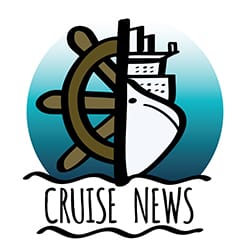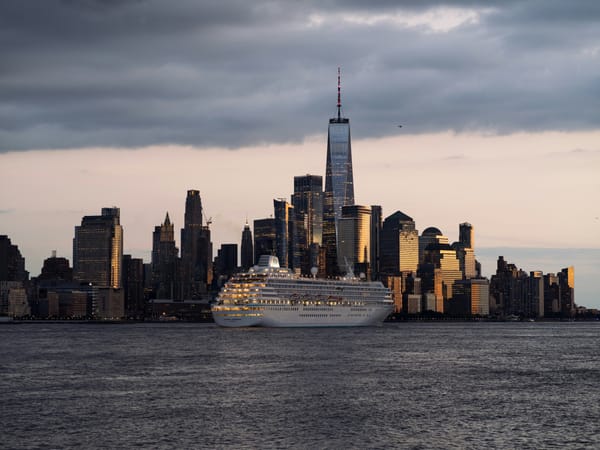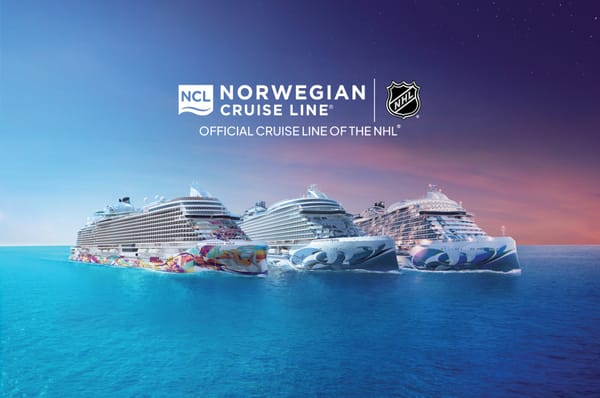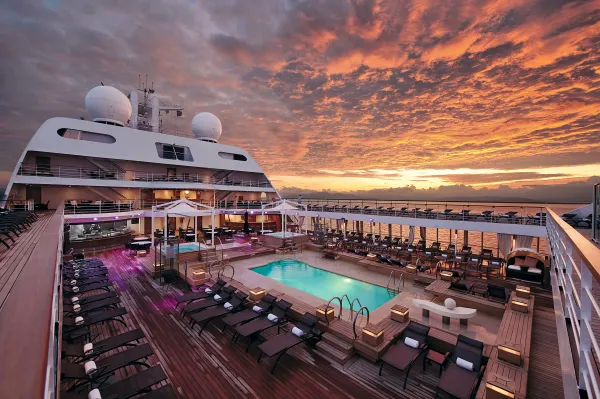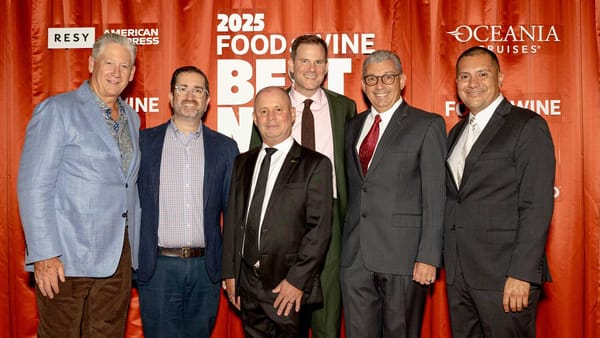Norwegian Cruise Line Holdings Trims Costs as Q1 2025 Revenue Slips 3%
Norwegian Cruise Line Holdings navigates revenue headwinds in early 2025 by leaning on cost-saving initiatives, fleet upgrades, and disciplined pricing to support long-term stability and growth.
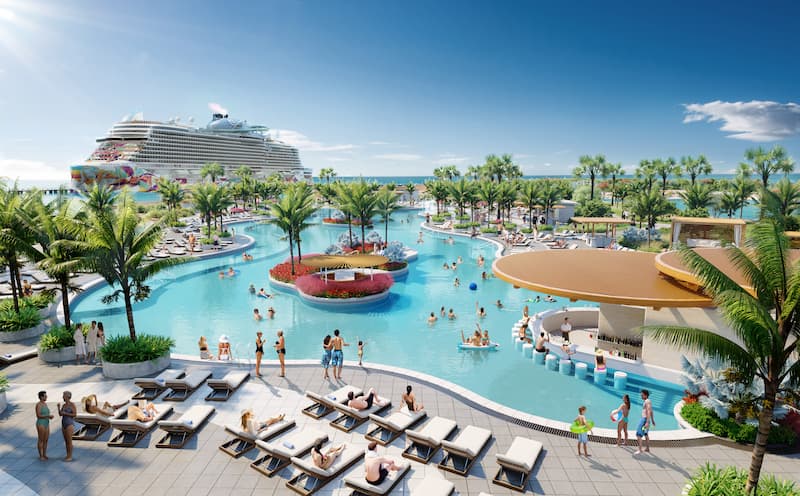
Norwegian Cruise Line Holdings (NCLH) has released its first-quarter 2025 results, revealing a 3% decline in total revenue to $2.1 billion compared to the same period in 2024. Company officials attribute the decrease primarily to foreign exchange losses, reduced passenger participation in airfare packages, and fewer capacity days caused by scheduled dry-dock activities. Despite these pressures, leadership remains optimistic that strategic cost controls and fleet enhancements will bolster long-term performance.
Financial Performance and Cost-Saving Initiatives
The company’s $300 million cost-saving program, known as “Charting the Core,” delivered lower expenses across multiple categories in the first quarter of 2025. Commissions, transportation, and related costs fell to $396 million (a 9.37% drop), payroll expenses to $335 million (2.84% lower), fuel costs to $175 million (down 11.5%), and food expenses to $75 million (down 10.8%). NCLH President and CEO Harry Sommer underscored that “cost reductions across payroll, fuel, and food expenditures have started yielding tangible benefits.” He also noted that despite these cuts, the company is reinvesting selectively to maintain premium guest offerings, such as high-quality meats and upgraded dining options.
Mark Kempa, NCLH’s executive vice president and CFO, pointed out that new supply chain management technologies and streamlined commercial negotiations have helped drive back-office efficiencies. Itinerary planning has also prioritized departure points closer to home ports, reducing transportation costs while maintaining guest satisfaction.
Fleet Upgrades and Operational Enhancements
A highlight of the quarter was the delivery of the Norwegian Aqua, the first vessel in the Prima Plus Class. Officially christened in April 2025, this new ship accommodates 3,571 guests and has launched Caribbean sailings from Port Canaveral. Ongoing refurbishments of the Norwegian Breakaway and Norwegian Bliss aim to keep existing ships competitive in the market.
Reflecting the company’s long-term vision to enhance vacation experiences, upgrades at the private island Great Stirrup Cay remain on schedule to debut later in 2025. These include a multi-ship pier, a large pool complex, premium cabanas, and improved transportation throughout the island.
Challenges and Future Outlook
While advanced ticket sales reached $3.9 billion—up 2.6% year-over-year—occupancy rates dipped slightly, partly due to NCLH’s deliberate decision to maintain pricing rather than prioritizing volume. “Disciplined pricing strategies” are central to the company’s approach, says Sommer, who believes preserving yields helps manage the uncertainties of global travel demand.
In addition to aligning prices with market conditions, NCLH has chartered older vessels to optimize revenue. The Norwegian Sky and Norwegian Sun were chartered to India’s Cordelia Cruises, while the Seven Seas Navigator will be leased to Crescent Seas, a residential cruise operator set to launch in 2026. Despite near-term pressures, NCLH expects net yield to climb 2% to 3% in 2025, supported by ongoing cost efficiencies and fleet innovations.
Executive Perspectives
Sommer assures stakeholders that the company’s operational adjustments are designed for sustainability: “While some financial pressures persist, these are being effectively offset through strategic cost-management and operational improvements.” According to Kempa, the company will continue to invest in technological advancements and supply chain transformations to ensure back-office efficiency as it navigates potential market fluctuations.
Frequently Asked Questions (FAQs)
What caused the decline in Norwegian Cruise Line Holdings Q1 2025 revenue?
The 3% decline came from fewer capacity days due to dry-dock activities, lower participation in airfare packages, and foreign exchange losses.
Why is NCLH focusing on cost-saving measures?
The company’s $300 million “Charting the Core” program aims to streamline operations, reduce expenditures, and preserve profitability. According to CEO Harry Sommer, these measures are designed to maintain a premier guest experience while enhancing overall financial efficiency.
What investments is NCLH making to enhance the guest experience?
Major initiatives include delivering the new Prima Plus Class ship Norwegian Aqua, refurbishing existing vessels like Norwegian Breakaway and Norwegian Bliss, and upgrading Great Stirrup Cay with new amenities such as a large pool complex, premium cabanas, and improved island transportation.
How is Norwegian Cruise Line addressing fluctuating booking trends?
NCLH focuses on disciplined pricing strategies rather than simply boosting occupancy, aiming to sustain revenue yields. The company also fine-tunes its itineraries to markets with consistent demand and strategically invests in fleet improvements and private island enhancements.
How is Norwegian Cruise Line Holdings adapting to revenue pressures?
Along with cost-saving initiatives and optimized pricing, NCLH charters out select older vessels to generate additional income. These moves, combined with reduced operational expenses and targeted investments, aim to protect yields and maintain long-term growth.
As Norwegian Cruise Line Holdings navigates shifting market dynamics, executives emphasize balancing cost controls, disciplined pricing, and strategic fleet investments. Backed by continued demand reflected in advanced ticket sales, the company remains focused on enhancing passenger experiences and maintaining financial stability for the quarters ahead.
